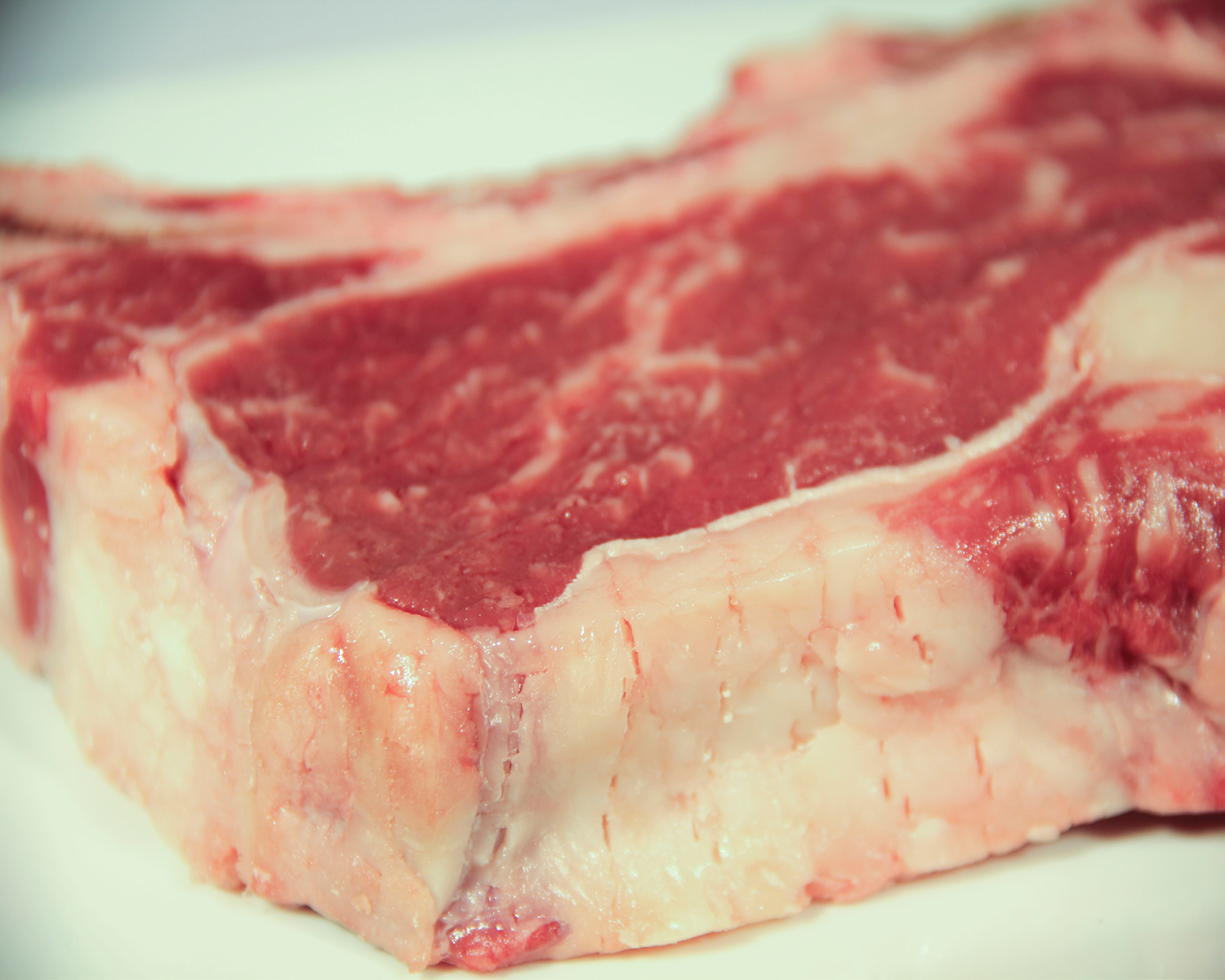vertebrata
WHAT IS CULTIVATE vertebrata?
Vertebrate are all the animal species that have vertebrae, which form the main skeletal axis of the body. This includes mammals, fish, animals, reptiles, birds and amphibians. We have been cultivating Vertebrata for centuries and have learnt to use almost all the different parts of the body (meat, bones, hide, fat, organs) to supply us with food, tools, protection or fuel. However, the demand for animal products has resulted in the industrialization of animal farming, turning land and animals into mere commodities. The lack of empathy shown in this high-demand economic practice, does not only cause distress to the animal or the land in question, but is inadvertently affecting the whole cycle.
The obvious first action to take would be to stop using animal products, but our reliance on these products and the size of the population would make it very hard to implement. But we can start thinking about self-sufficiency, and if we cannot look after our own animals, then maybe we can just grow what we need, without ever harming any Vertebrata.
HOW TO CULTIVATE vertebrata?
The growing of living cells in vitro is called tissue culture. We grow a variety of tissue cultures including foods such as meat, to materials such as skin and leather. The use of animal culture is ethically controversial, especially when it comes to the commercialization of tissue. At Cultivate, we take these issues seriously and we concern ourselves with the results and recommendations from studies such as those performed by the Nuffield Council on Bioethics. However, tissue culture is a way in which we can produce the sought-after animal products like meat, leather, oils, collagen and keratin without harming any animals or humans. We can also cultivate pure strains without concern for DNA mutations or disease.
Species collaborated with:
- Homo Sapiens (Human)
- Sus Scrofa Domesticus (Domestic Pig)
- Bos Taurus (Domestic Cattle)
Uses of Vertebrata Materials:
- Skins
- Responsivity - sensors, glands, ducts
- Nervous systems
- Secretions
- Muscles
- Keratin
- Collagen
- Bone
- Tissue




